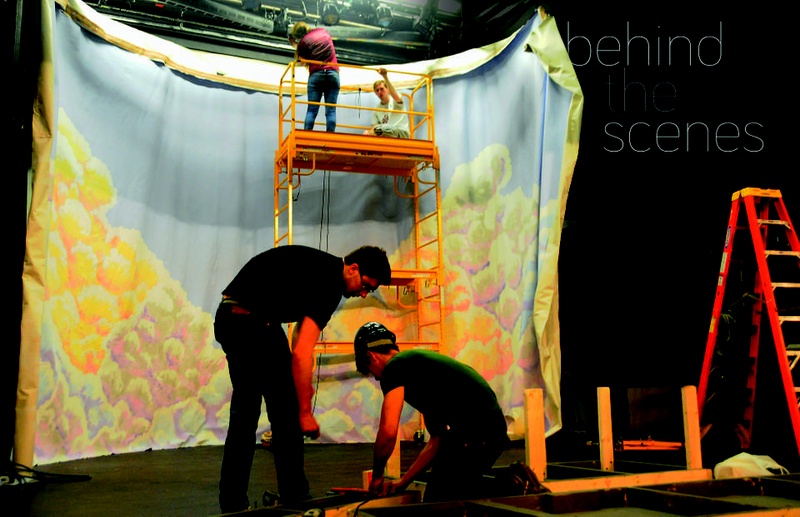An audience bustles out of a packed theater buzzing with post-show energy. The crowd throws out the typical praises eagerly; “What a great script” or “The actors really got into character” might be heard as the crowd dissipates. It is the world that they have just left, the stage that has been transformed to represent the fantastical details of another reality, that creates the foundation for the script or actors that they compliment. How it is done and who is responsible remains a mystery, though, to many theatergoers.
Within the last few decades of theater, the importance of set design has taken on a new meaning, providing the physical backbone for many productions. Evolved dramatically from the bare amphitheaters of the Greeks and the slightly more complex, yet bare stages of the Elizabethan era, modern set design serves to represent the abstract and practical simultaneously in a way that cannot be achieved simply through actors, props, and lighting. Though it might not be the primary focus of a play, set design often provides the thematic backdrop, which serves to accent the actors’ movement and director’s vision.
Each placement of a chair and each color of a tile has a purpose; those aesthetic and practical decisions are made by the set designers. Their primary job is to decipher a script to support the director’s idea of how the play should be realized atmospherically. Working with lighting designers, costume designers, and everyone else involved, set designers consider each aspect of a production’s aesthetic and make sure they come together smoothly. It is these often-unrecognized crew members that work to bring together the production and create a feeling of cohesion: they ultimately serve as the foundation on which the rest of the play is built.
DESIGN IN THE DETAILS
At its basis, set design creates a sphere in which the story can develop. “A lot of the fun is in the imagining…from taking the story and letting it play out in your mind…envisioning the world and seeing that world come to life,” says Chrissy M. Rodriguez ’15, the set designer for the Harvard-Radcliffe Gilbert and Sullivan Players’ production of “Utopia, Limited.” In set design, basic details like location, object space, and movement are taken into account. But beyond acting as a physical environment, the set can also serve as reinforcement for a thematic undercurrent present in the script. For the theme of isolation prevalent in HRDC’s “punkplay,” the designers chose to set the action primarily in a three-walled box with only two entrances to provide passage.
What truly allows these elements to form a united mosaic is research. “The other day…I spent three hours in the Fine Arts libraries hanging around the stacks looking at pictures,” Madelynne A. Hays ’13, set designer for HRDC’s recent production “Eurydice,” says.
Research can also range from simple things, like looking at other renditions of the show to get a grasp of the mood, to more obscure, detail-oriented exploration like finding different variations and shades of marble flooring, like Rodriguez did for “Utopia, Limited.” After that research, designers might make sketches that eventually make up a basic groundwork, which in turn evolves into a scale model. The process is fluid and the model malleable as the set designer continues changing his or her vision to make it compatible with ideas from directors, actors, and other crewmembers.
Such attention to detail is crucial to the believability and validity of a performance. Meant to immerse the audience in the world of the play, set design is responsible for maintaining the fantasy of the production. Small mistakes like a misappropriation of the number of doors or the wrong type of tiling for a historical production can create a disconcerting break.
Read more in Arts
Big Bird













